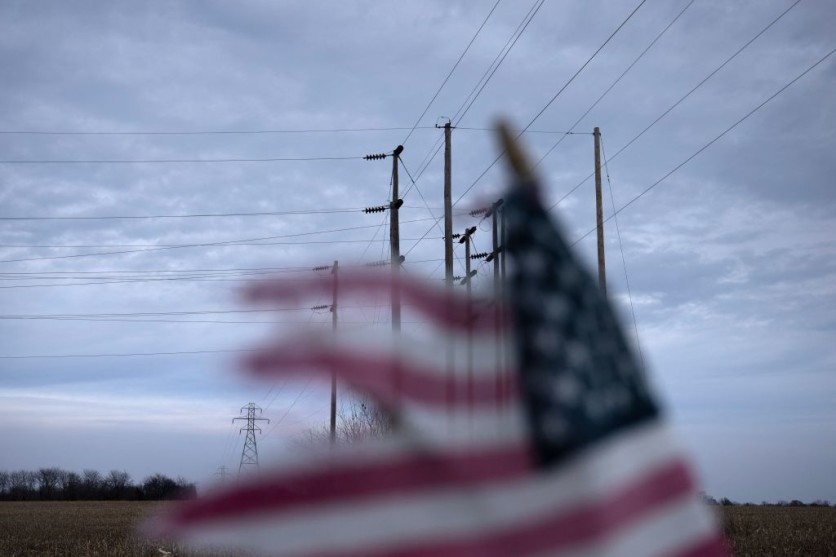SuperLab 2.0, a state-of-the-art facility designed to test and analyze the resilience of the US electricity grid, is gearing up to examine its ability to withstand potential disruptions, according to NREL.
This groundbreaking initiative aims to assess the grid's strength and capacity to handle various challenges, ranging from natural disasters like hurricanes, winter storms, and wildfires to the complexities of a modern and evolving energy landscape.

Development in Energy System Research
The announcement of SuperLab 2.0 comes as a significant development in energy system research. By harnessing the capabilities of ARIES (Advanced Research on Integrated Energy Systems) at the National Renewable Energy Laboratory (NREL), in conjunction with the secure and synchronous data exchange provided by ESnet's OSCAR service, researchers will have access to a powerful platform for conducting large-scale experiments.
The primary objective is to create a network of interconnected devices, with a target of 10,000 devices between the Department of Energy (DOE) national labs. This ambitious undertaking would establish the foundation for a fully interconnected lab complex capable of modeling millions of interconnected devices.
Such a vast infrastructure would enable researchers to simulate and analyze the impact of various disruptions on the electricity grid, enabling national and regional analysis.
The collaborative nature of SuperLab 2.0 is hailed as one of its key strengths. By leveraging the expertise and assets across multiple labs, this approach eliminates the need for duplicate equipment purchases, making it highly resource-efficient.
Each lab will contribute its specialized knowledge in different energy technologies, effectively creating an unparalleled network of research assets and technology experts. This collaboration is poised to tackle the nation's energy challenges head-on and accelerate the transition to a clean energy future.
Read Also : MIT Study Shows Shutting Down Nuclear Plants Could Lead To 5,000 Pollution-Related Deaths per Year
Future Energy Policies
The significance of SuperLab 2.0 lies not only in its ability to assess the grid's resilience but also in its potential to inform and guide future energy policies.
The experiments conducted within this advanced facility will provide critical insights into the grid's vulnerabilities and inform strategies to enhance its stability and reliability.
It will serve as a vital resource for policymakers, energy companies, and researchers in their quest to develop robust energy infrastructure capable of withstanding disruptions and supporting the transition to sustainable energy sources.
As the project progresses, the SuperLab 2.0 team envisions expanding its scale and capabilities further in Fiscal Year 2023.
By pushing the boundaries of research and modeling, they aim to create a comprehensive and realistic representation of the US electricity grid, ensuring that the experiments conducted within the lab complex reflect the intricate dynamics of the real-world energy landscape.
Related Article : California's Recent Solar Energy Proposal Offers Millions of Dollars of Support for Low-Income Households

ⓒ 2025 TECHTIMES.com All rights reserved. Do not reproduce without permission.




